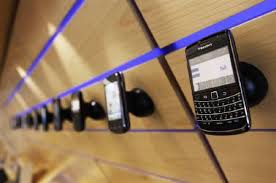
Although wireless may seem like a special case, it is actually more intuitive and more natural than wired networking. Some day soon the need to plug a laptop into a network physically will seem quaint and antiquated. The notion that you could walk into a room with your cell phone and have it unable to interact with other devices in the room will seem unbelievably primitive. The future will reveal that
wirednetworks are the special case.
Conceptually, wireless communications can be split into two types, local and wide area. A local device is similar to a key fob with a button that unlocks a car, a 900 MHz cordless phone, a radio control toy, or a Bluetooth network. All of these devices operate over short distances, typically just a few meters.

Wide area wireless devices operate effectively over a much greater area. A pager or mobile phone is a good example; you can talk on your mobile phone to any other phone on the planet. These devices' greater range relies on a trick, however: a more elaborate land-based network. A mobile phone doesn't have that much more radio power than a radio control toy. What it does have is a network of carefully placed radio antennas (cell towers); the phone can continue to operate as long as it is within range of at least one tower. The mobile phone device receives service from a wireless
carrier, a company that operates the land-based network.
No comments:
Post a Comment